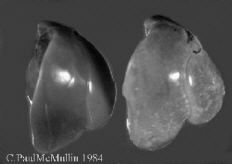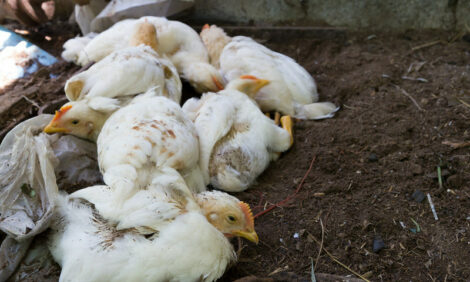



Spotting salmonella could be twice as quick
New research using viruses that infect salmonella bacteria could halve the time it takes to detect the foodborne pathogenAccording to a recent paper in the journal Food Control, scientists successfully detected salmonella contamination in chicken using bacteriophages (viruses that specifically infect bacteria). This method signals the development of a powerful tool for the rapid detection of salmonella enteritidis, which accounts for 45.7 percent of salmonella cases in Europe.

Traditional methods for detecting foodborne pathogens are lengthy and laborious. According to the International Organisation for Standardisation (ISO) and the Bacteriological Analytical Manual (BAM) published by the United States’ Food and Drug Administration (FDA), salmonella detection requires several hands-on steps that take place over multiple days. In many cases it takes up to six days of testing to confirm an outbreak. In order to decrease detection time, scientists are turning to molecular methods that focus on identifying salmonella DNA in contaminated food.
Though this method showed initial promise in detecting other pathogens such as the bacteria that cause anthrax, it was not widely used to detect foodborne pathogens. The molecular approach presented other difficulties as well. Scientists weren’t always able to differentiate between inactive and live salmonella bacteria during testing. This inability to detect the difference between inactive and live bacteria could lead to false-positives in testing – translating into numerous and unnecessary food recalls.
In recent experiments, though, the bacteriophages were able to successfully differentiate between live and inactive salmonella contamination in chicken. In addition, the bacteriophages were able to flag infected samples within eight hours of exposure, representing a dramatic improvement on traditional methods. The use of bacteriophages did not yield any false positives, further demonstrating the accuracy and precision of this form of testing.
Though the scientists state that this method requires further trials before being widely adopted, it could potentially make food safer for consumers, and improve the EU’s ability to quickly respond to salmonella outbreaks.
You can read the full paper in Food Control.









